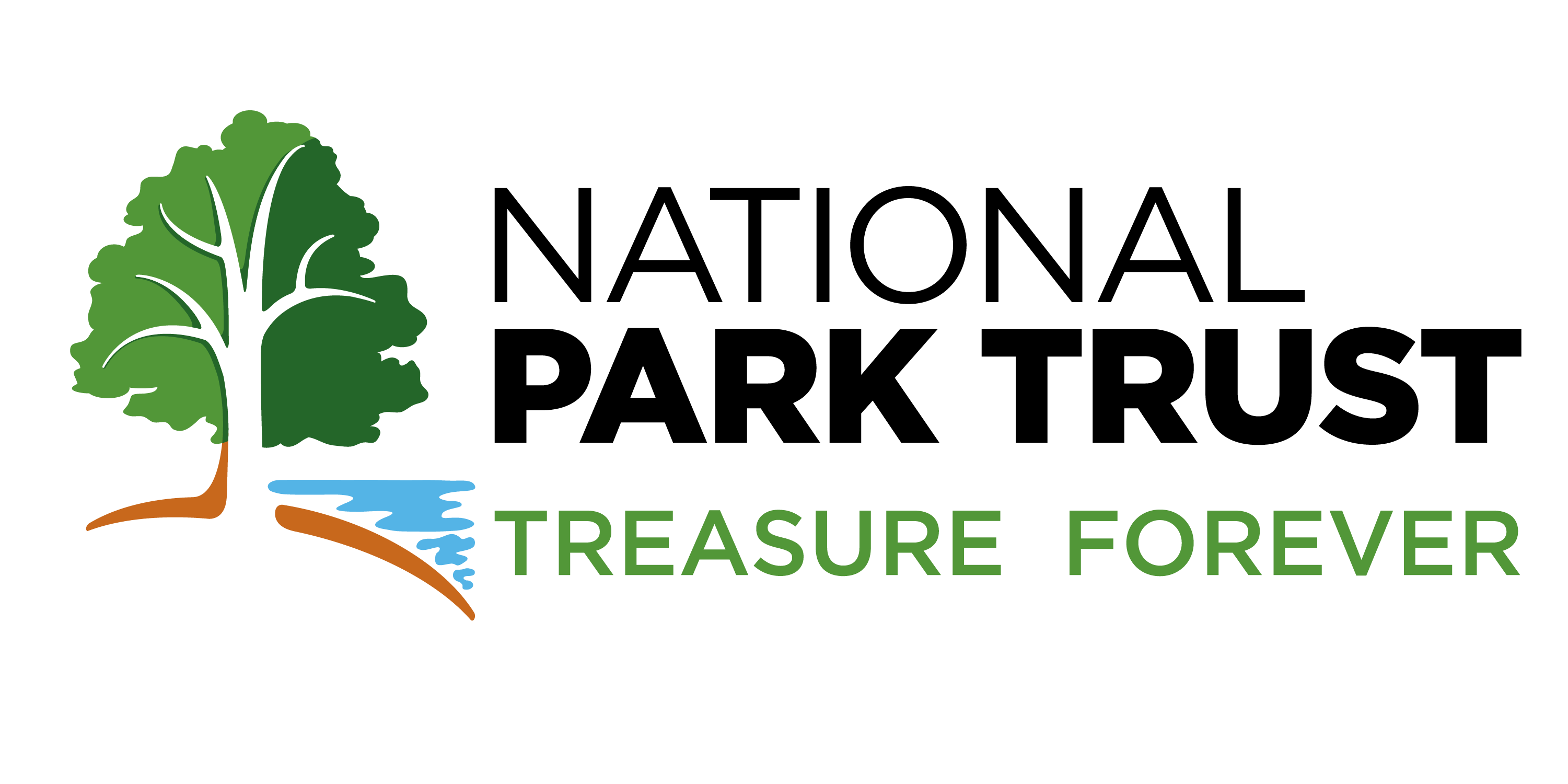Honoring Rich Traditions: Celebrating Native American Heritage Month
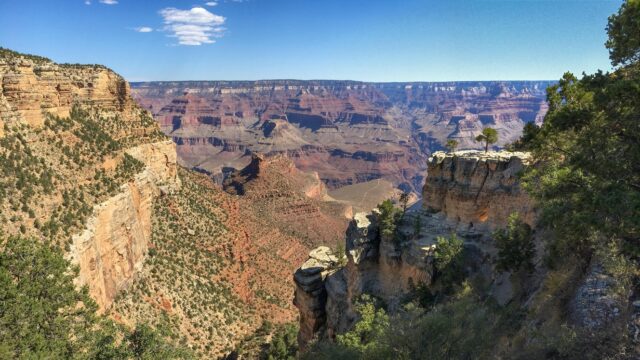
As the leaves turn to fiery hues and families gather to give thanks, November marks a special time when we celebrate both Thanksgiving and Native American Heritage Month, a time to honor the rich and diverse cultures that have shaped our nation. There is a deep connection between Native American heritage and the natural beauty of our nation’s treasured national parks.
In the heart of the American Southwest lies a place of profound mystery and ancient tales: the Grand Canyon. With its awe-inspiring depths and ethereal beauty, it’s story whispers of a time when Indigenous peoples, long before the pyramids of Egypt or the grandeur of Rome’s Colosseum, roamed these vast canyons and trails, imprinting their heritage on every stone and petroglyph.
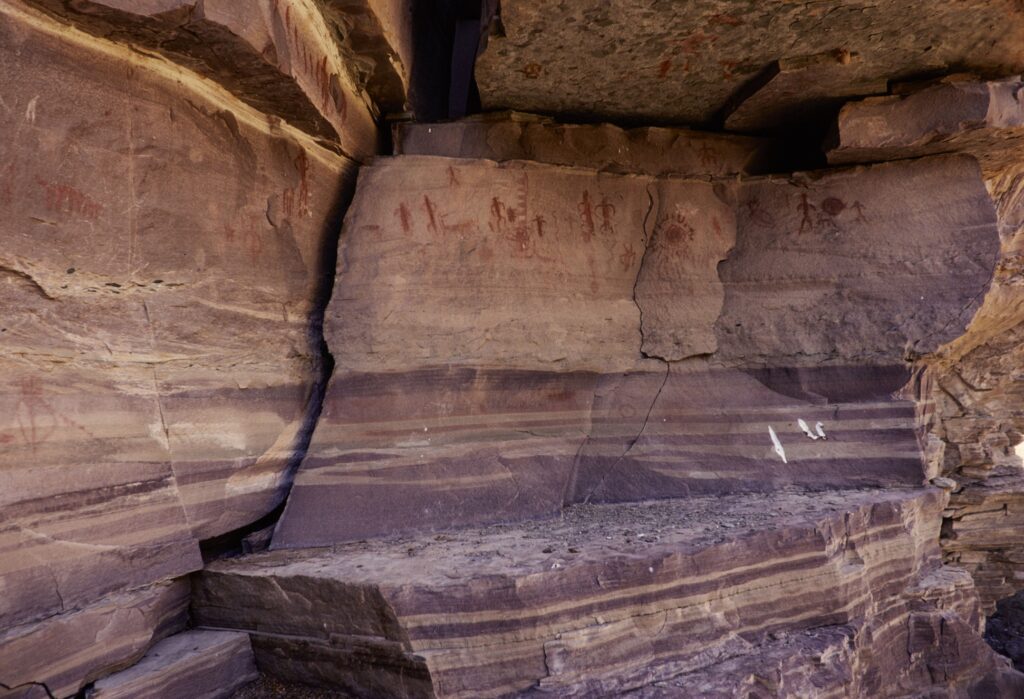
The Havasupai people, for instance, were intimately connected with this land. Embarking on the winding journey down the Bright Angel Trail, you can trace the ancient paths that countless Havasupai once walked. This trail, a lifeline etched into the canyon’s rugged face, leads to Havasupai Gardens, once known as Indian Garden. This site was invaluable to them due to Garden Creek, which provided essential water for their crops. Along the twists and turns of the trail, petroglyphs can be seen etched into the canyon walls, which narrate tales of tribes. Their history etched in symbols is a testament to the profound connection between the Indigenous peoples and the Grand Canyon.
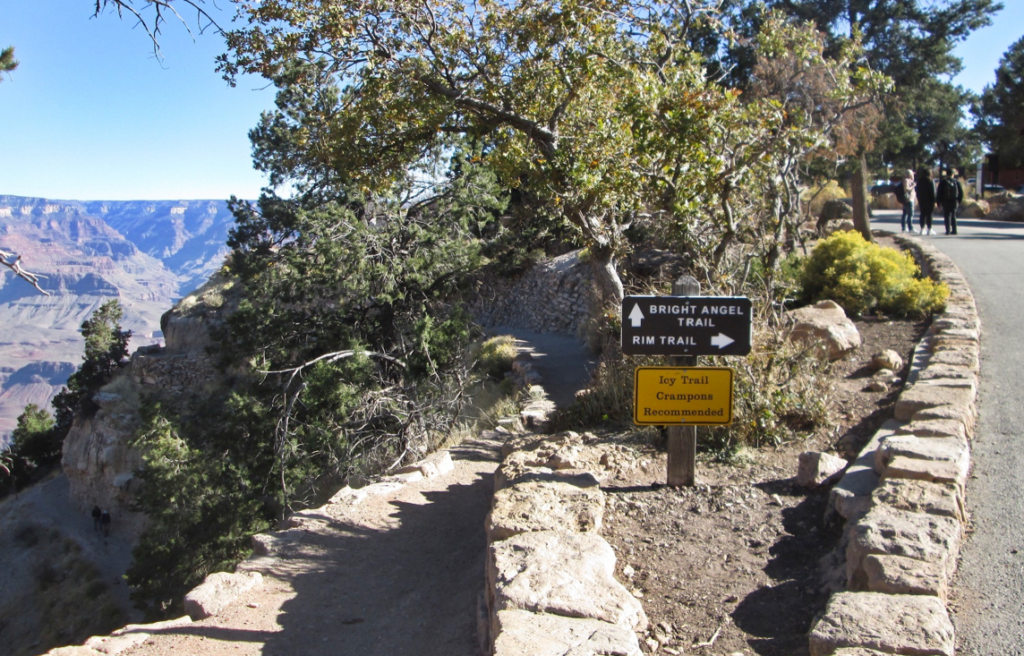
In addition to the Havadupai, the Grand Canyon region is the ancestral homeland of 11 federally recognized tribes, including the Hopi, Hualapai, and Navajo, who continue to thrive. Members of these communities work as park rangers, guides, and conservationists, actively contributing to the preservation of this natural wonder. Their stories, traditions, and resilience form an integral part of the canyon’s narrative. Acknowledging this history is vital, given the legacy of Indigenous displacement in the United States. For the Navajo, the canyon offered more than shelter; it was a sacred sanctuary, a place of concealment during times of forced relocation. It became hallowed ground, a space to reconnect with their roots, a sanctuary where worship intertwined with survival.
Visiting national parks is a chance to honor Indigenous heritage by understanding the significance of these lands to Native American tribes. It’s important to respect these sacred sites, learn about local tribes, and demonstrate our reverence for their cultural legacy.
Engaging with Native American communities beyond November ensures their heritage is celebrated year-round. Explore local events or virtual activities listed on the official Native American Heritage Month website and the National Park Service calendar. Want more stories about Indigenous people in national parks? We recommend listening to Parks, a podcast on the truth about the creation of the U.S. National Parks, retold by Indigenous voices. On these episodes, you’ll hear Indigenous perspectives on what’s happening to the land now, and what they hope for tomorrow.
Below are two examples of National Park Trust projects that preserve Native American stories:
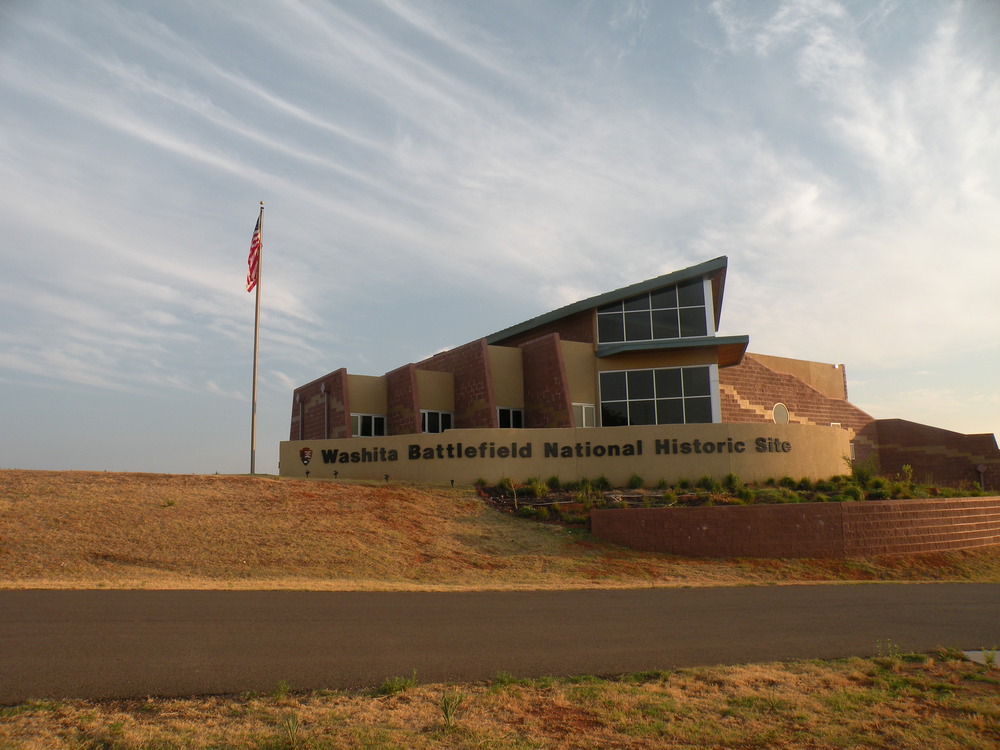
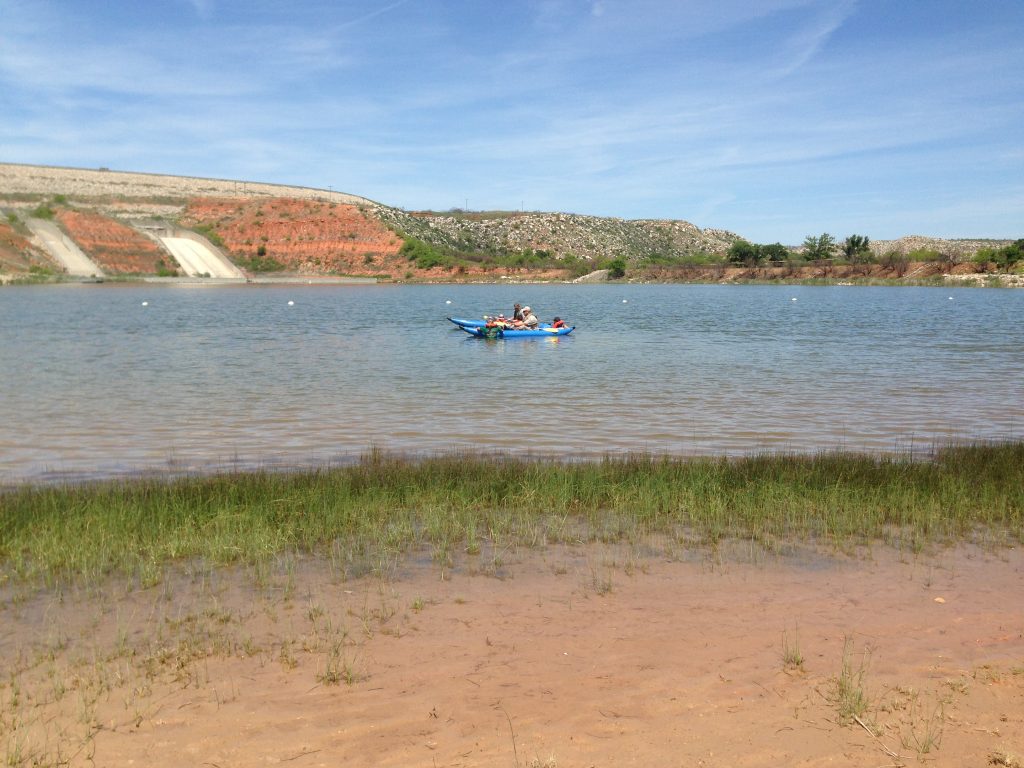
Related Articles:
Images Courtesy of National Park Service
